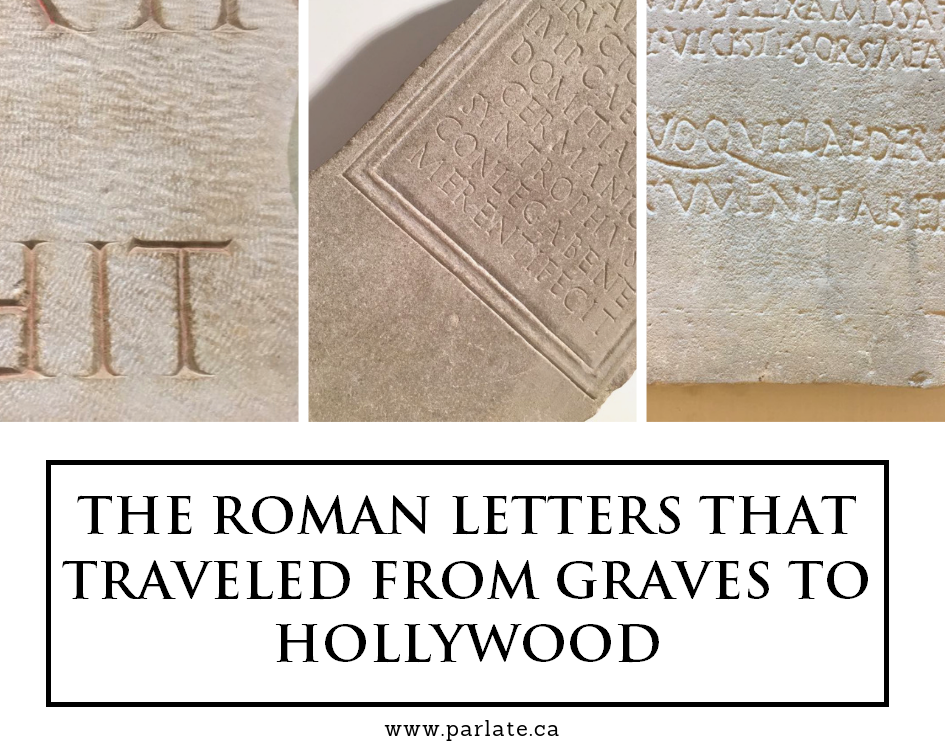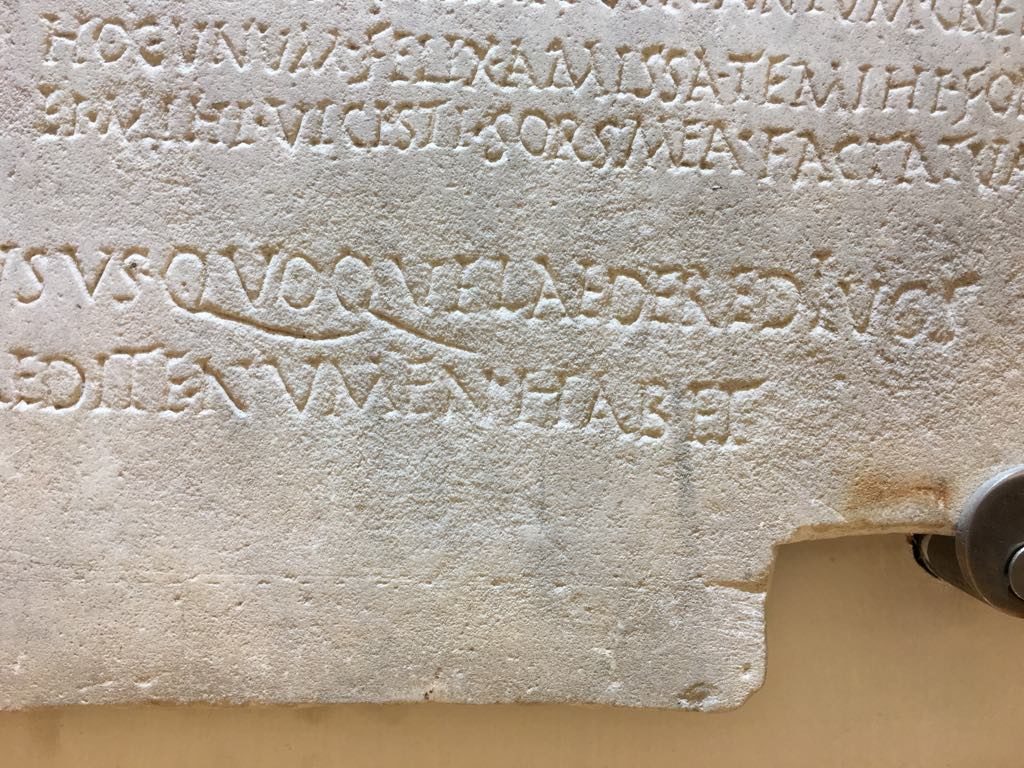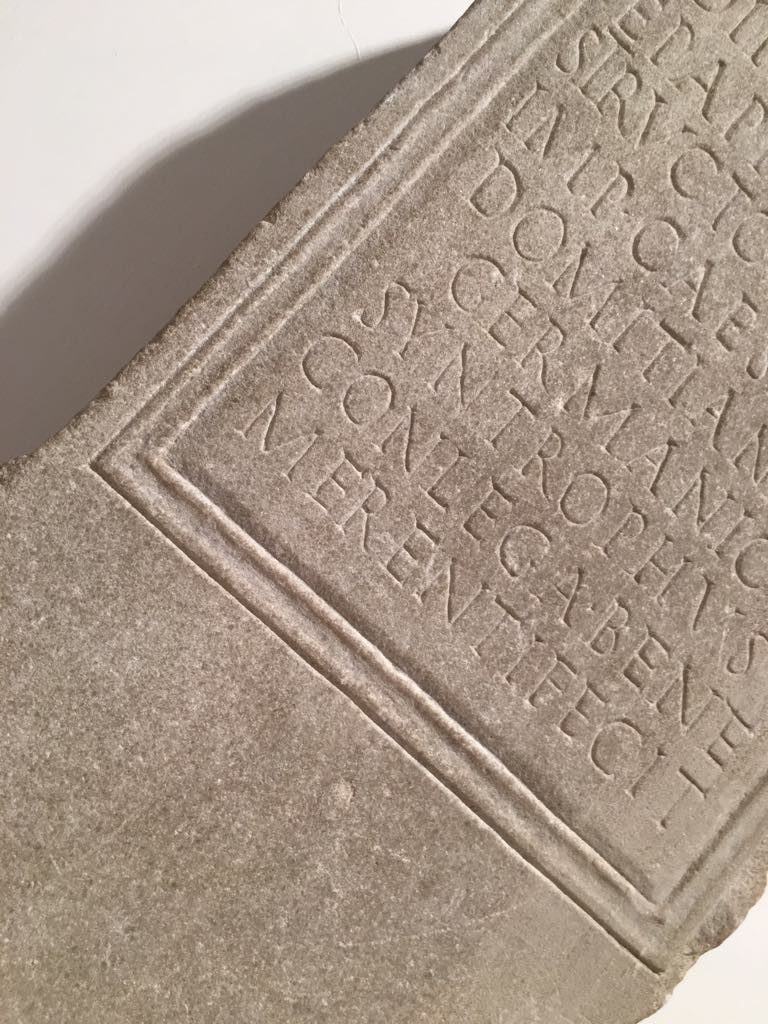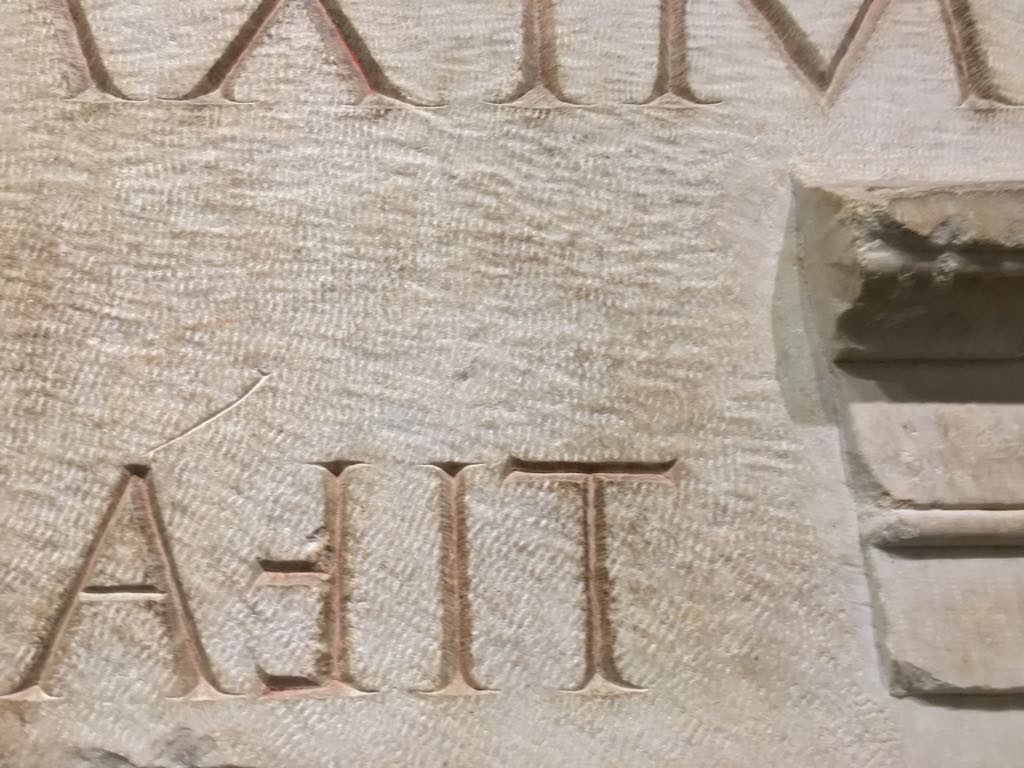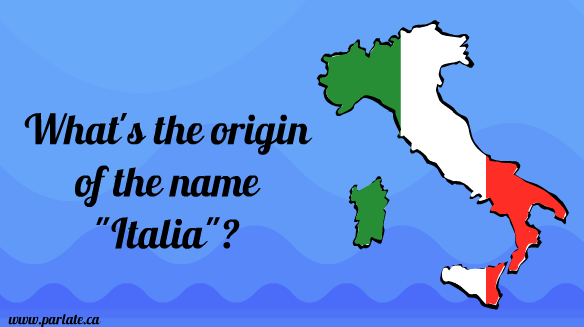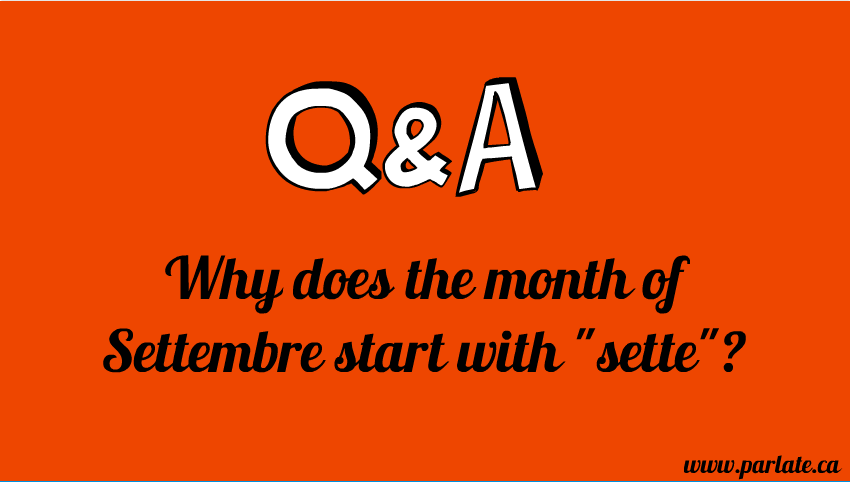Ci sono così tante alternative per praticare l’italiano in modo divertente. Cucinare, leggere, ascoltare musica. Puoi trovare ispirazione da ciò che ti piace. Ti presento 10 idee!
There are so many alternatives to practice Italian in a fun way. Cooking, reading, listening to music. You can just find inspiration from what you enjoy. These are 10 ideas!
1. Imparare vocabolario nuovo
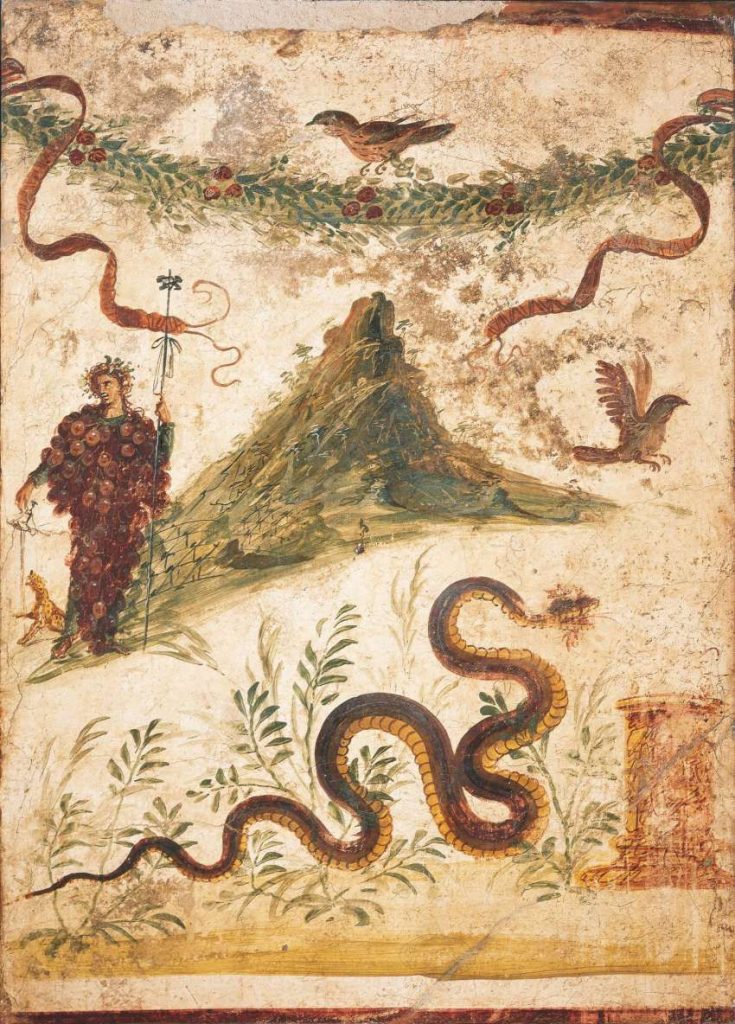
Secondo me imparare il vocabolario è più importante che sapere la grammatica. Le parole sono immediate nella comunicazione.
I think learning vocabulary is more important than learning grammar. Words are immediate in communication.
2. Ascoltare podcast italiani

Si possono ascolare i podcast ovunque anche mentre si viaggia. Ormai esistono centinaia di podcast su qualsiasi argomento. La cosa bella è che l’esercizio di ascolto aiuta a migliorare la pronuncia e ad aumentare il vocabolario oltre a rendersi più informati.
You can listen to podcasts anywhere even while traveling. There are now hundreds of podcasts on any topic. The great thing is that listening exercises help improve pronunciation and increase vocabulary as well as make you more informed.
3. Leggere libri
Leggere: un’attività che aiuta non solo a godersi un po’ di meritato riposo, ma anche a migliorare la lingua e ad approfondire le conoscenze culturali dell’Italia.
Reading: an activity that helps not only to enjoy some well-deserved rest, but also to improve the language and deepen the cultural knowledge of Italy.
4. Cucinare ricette italiane
E ancora cibo!! Amo la pizza di patate. Conosci la canzone napoletana ‘A pizza’ di Giorgio Gaber? “Ma tu vuliv’a’pizza a’pizza a’pizza”… Pausa musicale: https://www.youtube.com/watch?v=eoIl5-2fYTo
And more food !! I love potato pizza. Do you know the Neapolitan song ‘A pizza’ by Giorgio Gaber:? “Ma tu vuliv’a’pizza a’pizza a’pizza … Music pause.
5. Studiare la storia italiana
Quando viaggiamo in Italia troviamo molte scritte romane, che a volte non capiamo. Neanch’io che ho studiato il latino a scuola! Sai che una tipologia di lettera in particolare è molto usata nel cinema.
When we travel in Italy we find many Roman writings, which we sometimes don’t understand. I don’t either even though I studied Latin at school! Did you know that a particular type of letter is widely used in cinema.
6. Fare esercizi divertenti di pronuncia
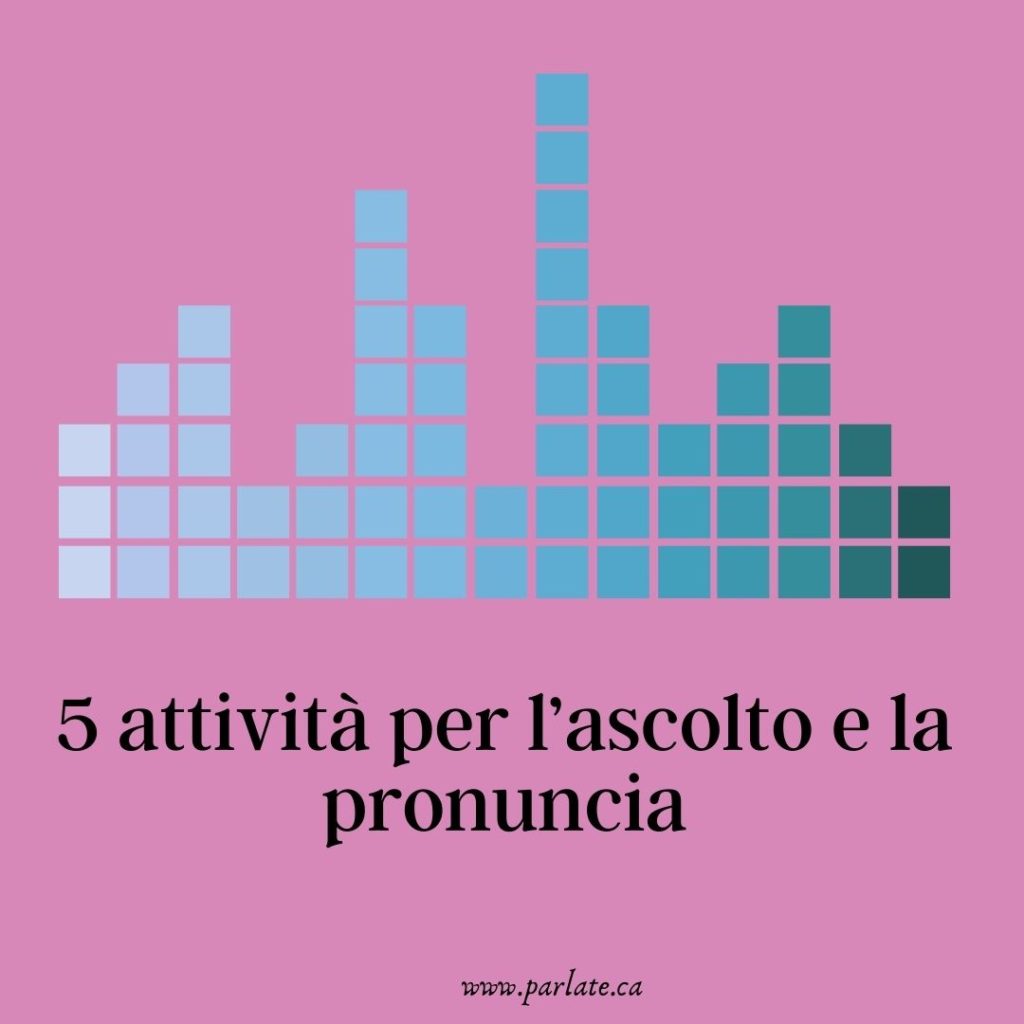
Uno degli esercizi più divertenti è fare pratica di pronuncia con degli scioglilingua quasi impossibili da dire velocemente!
One of the funnest exercises is practicing pronunciation with tongue twisters, almost impossible to say quickly!
7. Imparare aforismi italiani

Siamo beati dai tanti colori in estate. Il paesaggio ci offre tante opportunità e ispirazioni per esercitarci.
We are blessed with many colors in the summer. The landscape offers us so many opportunities and inspirations to practice.
8. Ascoltare musica

Un altro esercizio di ascolto ma che ti fa anche cantare e ballare. In fondo la lingua è musica!
Another listening exercise but one that also makes you sing and dance. After all, language is music!
9. Esplorare la cultura e la geografia

L’estate e le vacanze sono i periodi migliori per abbandonarci alle nostre esplorazioni della cultura.
Summer and holidays are the best times to indulge in our explorations of culture.
10. Imparare una cosa nuova di grammatica
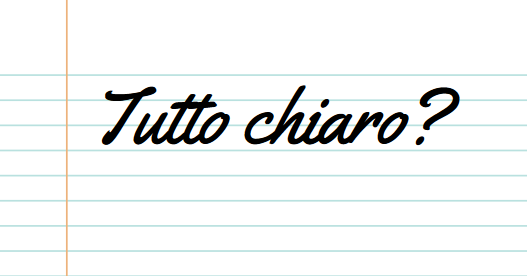
E perché no…imparare o perfezionare le nozioni di grammatica. In questo modo si fa una bella figura in viaggio per l’Italia!
And why not … learn or perfect your notions of grammar. This way you’ll make a great impression on your trip to Italy!
E poi ….leggere barzellette italiane e miglirare la grammaticA…
And then …. read Italian jokes and improve your grammar…




